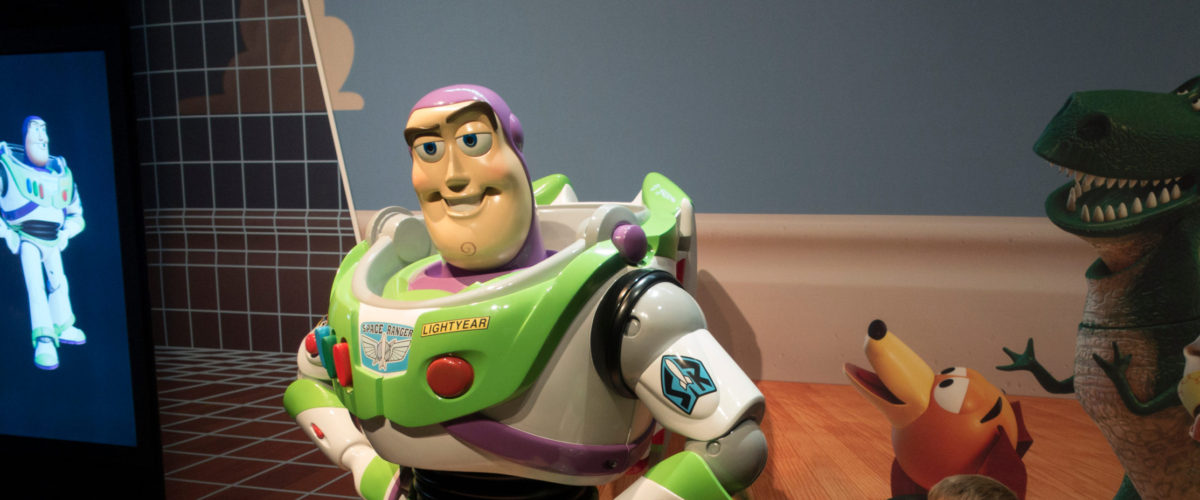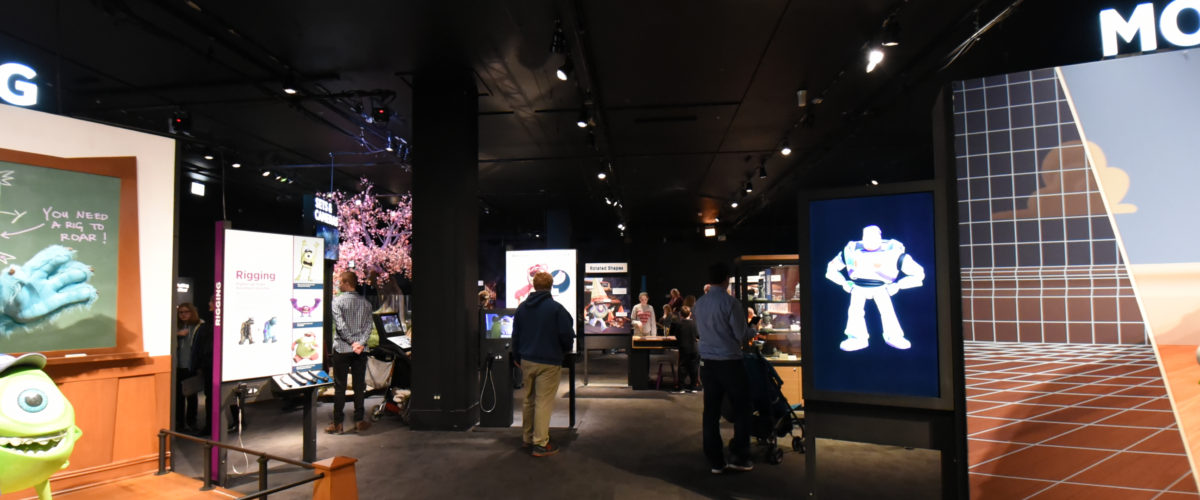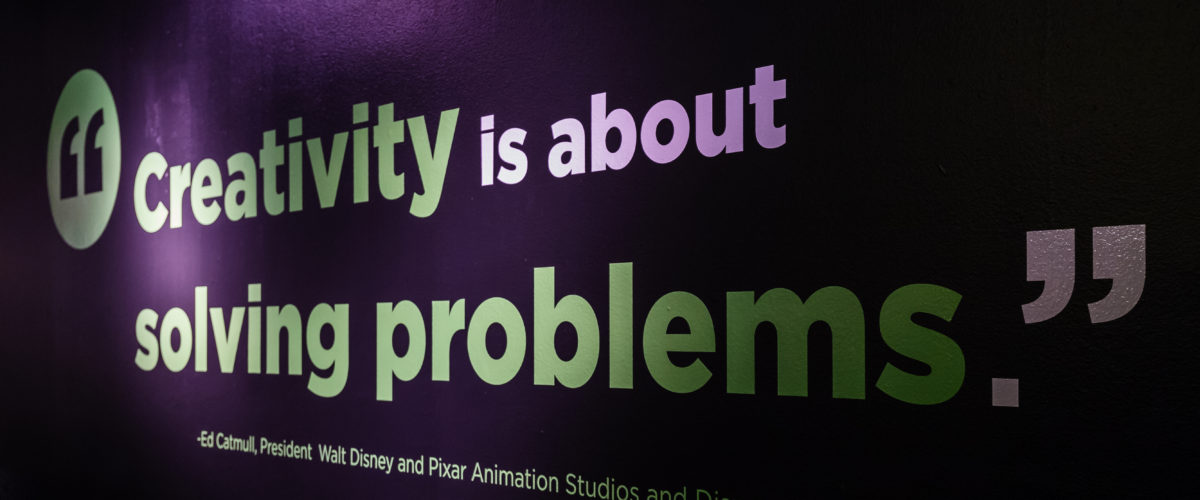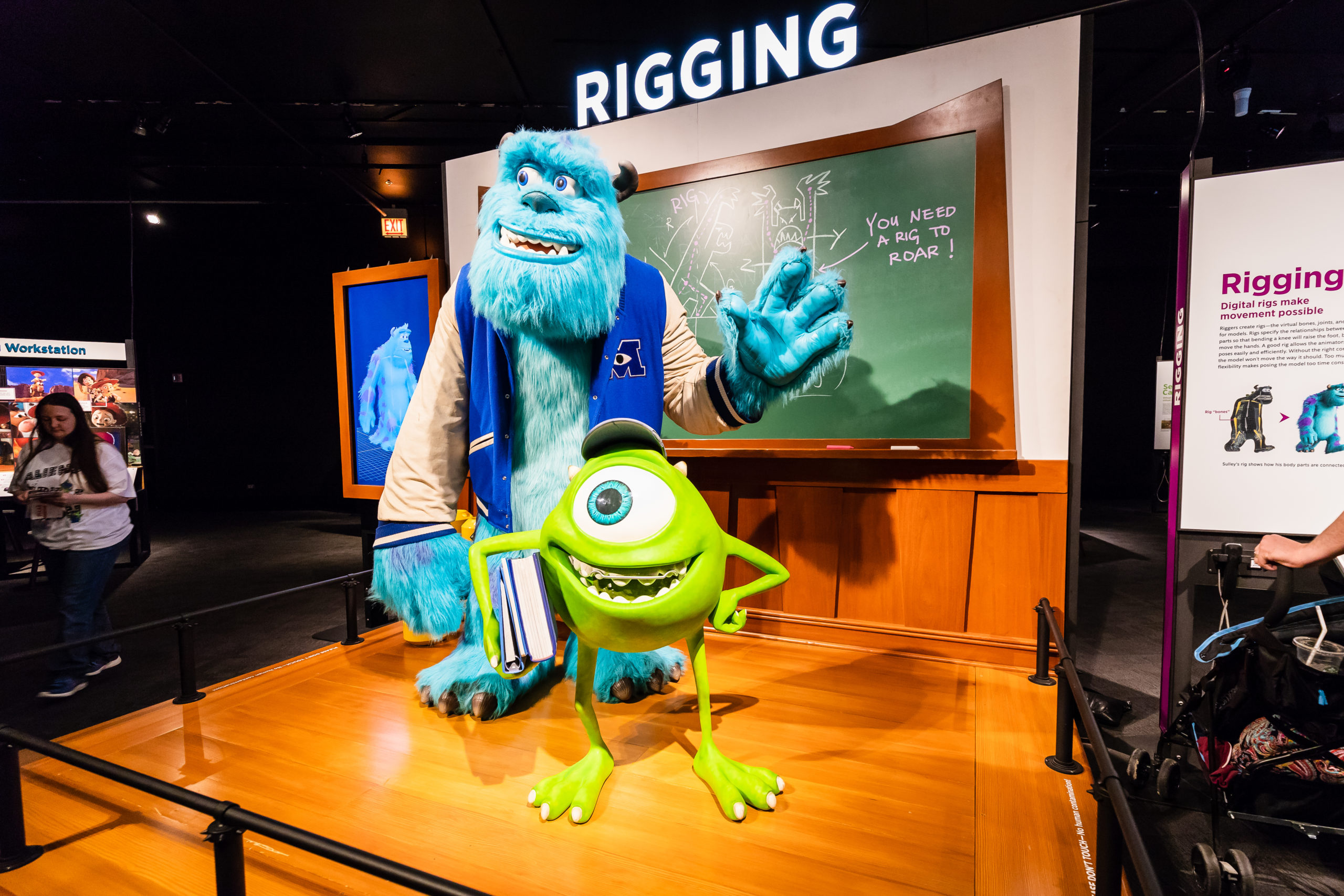If you’re a fan of computer science and Pixar movies, visiting the traveling exhibition of The Science Behind Pixar should be on your to-do list.
It’s quite remarkable how through this exhibition they show the strong connections between art and science. I know that sometimes it might sound like an odd combination, but the results are always magical.
Embrace your inner child and let’s see the magic that’s done behind your favorite movies of Pixar.
The Background Story of The Science Behind Pixar

The Science Behind Pixar, which originally was called The Science of Pixar, is a 10,000-square-foot traveling exhibition. It was opened on June 28, 2015, at the Museum Of Science in Boston.
Later on, the initiators decided to start a national tour around the United States. The tour started in 2015 when this exhibition was presented to other museums around the US. In 2017 they decided to create a copy of the exhibition to present it worldwide.
The coolest thing about this exhibition is that it has 40 exhibit elements that will inform you how they produce animated movies. To make it easier for everyone, they divided these elements into eight sections.
Each section focuses on one specific step in how they produce a movie. These steps include:
- Modeling
- Rigging
- Surfaces
- Sets and Cameras
- Animation
- Stimulation
- Lighting
- Rendering
Before you enter the exhibition, you will be greeted by the Pixar characters, Mr. Ray and Roz. After that, the visitors watch a five-minute introductory video, containing the Pixar technical artist Fran Kalal and the story artist Alex Woo. In this video, they briefly explain Pixar’s production pipeline.
As Pixar has been working for years into shaping their 3D skills, they will show the process of how they brought technology into animation. Pixar is quite honest with its aim. They want to show their journey, and how they turned algorithms and digital code into splendid cartoons.
The visit will last at least two hours, depending on how activities are done.
The Tour

The tour’s aim was to introduce you to the power of STEM, imagination, and curiosity as you interact with different Pixar characters. The journey started in the USA first and then it continued to other countries such as Canada and Japan.
Their last date is set for Sapporo, Japan. The exhibition is taking place in the Sapporo Art Museum, which started on April 19 and is going to end on June 28, 2022.
The tour is expected to last for 10 years since it started, with limited tour availability starting from 2021.
The Human-Sized Statues
While visiting this exhibition you may encounter human-sized statues of some of Pixar’s characters. Some of the characters are Buzz Lightyear, Dory, Mike Wazowsky, James P. Sullivan, Edna Mode, and Wall-E. These characters were added to create a deeper connection between the animation and the audience.
Resources for Educators and Researchers

After you finish attending the exhibition, you have a chance to access the exhibition’s webpage. There you can find plenty of sources for educational purposes. If you are a teacher, you can have access to different materials to incorporate into your lessons. These materials include math, science in general, and Pixar characters.
On the other hand, if you are a novice learner or a researcher then you can be a part of this project where you can learn computational thinking. This is a project that was funded by the National Science Foundation. Through this project and through some specific materials, you’ll learn the problem decomposition skill.
The six educational experiences that were thought to enhance these skills can be taught slightly while attending the exhibition.
Those were Pixar’s Modelling Challenge, Pixar’s Set’s Challenge, Lightning Effects’ Basics, Surface Appearance Workstation, Crowd Stimulation Workstation, and Programming Natural Variety.
You cannot say that this traveling exhibition is only designed for science geeks. The exhibition is much more than that. Even a child and an adult can go and have a great time experiencing the impact of science on art. If you decide to plan a family trip, then you should consider this as one of the options.
This way you can take your imagination to infinity and beyond!
Photo: Hendrickson Photography/Shutterstock
[wpedon id=”54320″ align=”center”]
You might also like:
Support us!
All your donations will be used to pay the magazine’s journalists and to support the ongoing costs of maintaining the site.
Share this post
Interested in co-operating with us?
We are open to co-operation from writers and businesses alike. You can reach us on our email at cooperations@youthtimemag.com/magazine@youthtimemag.com and we will get back to you as quick as we can.










